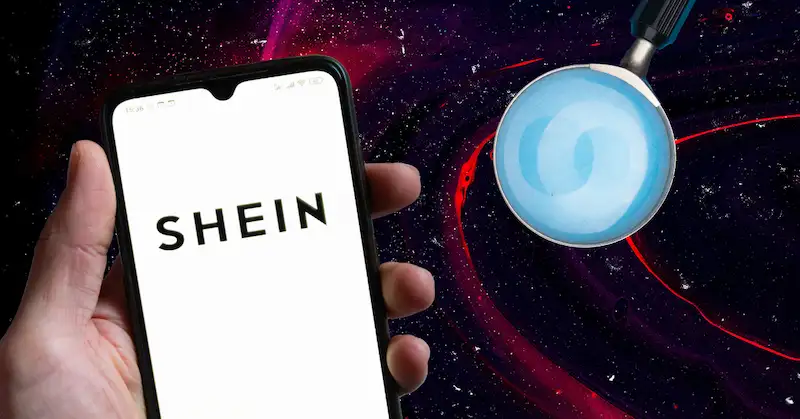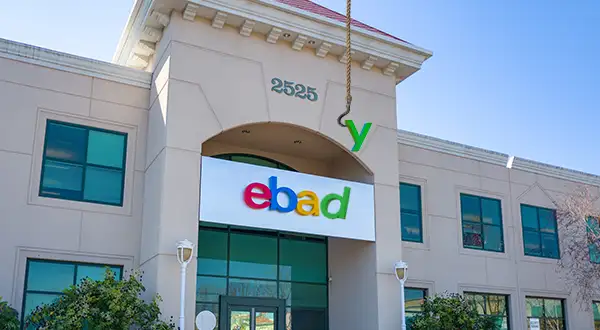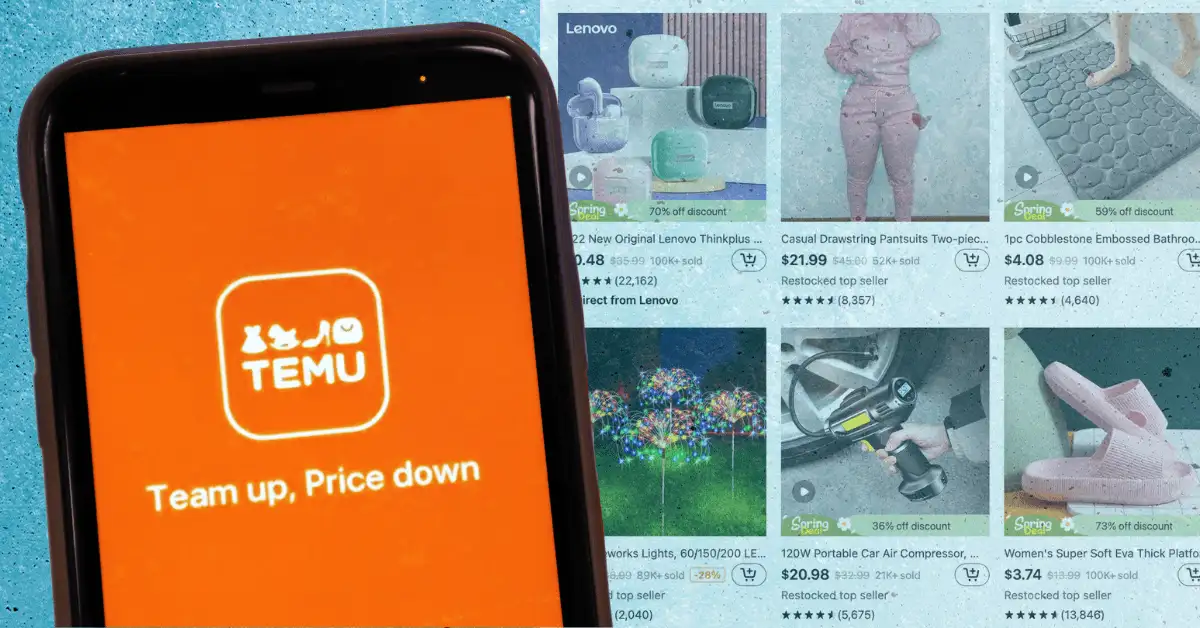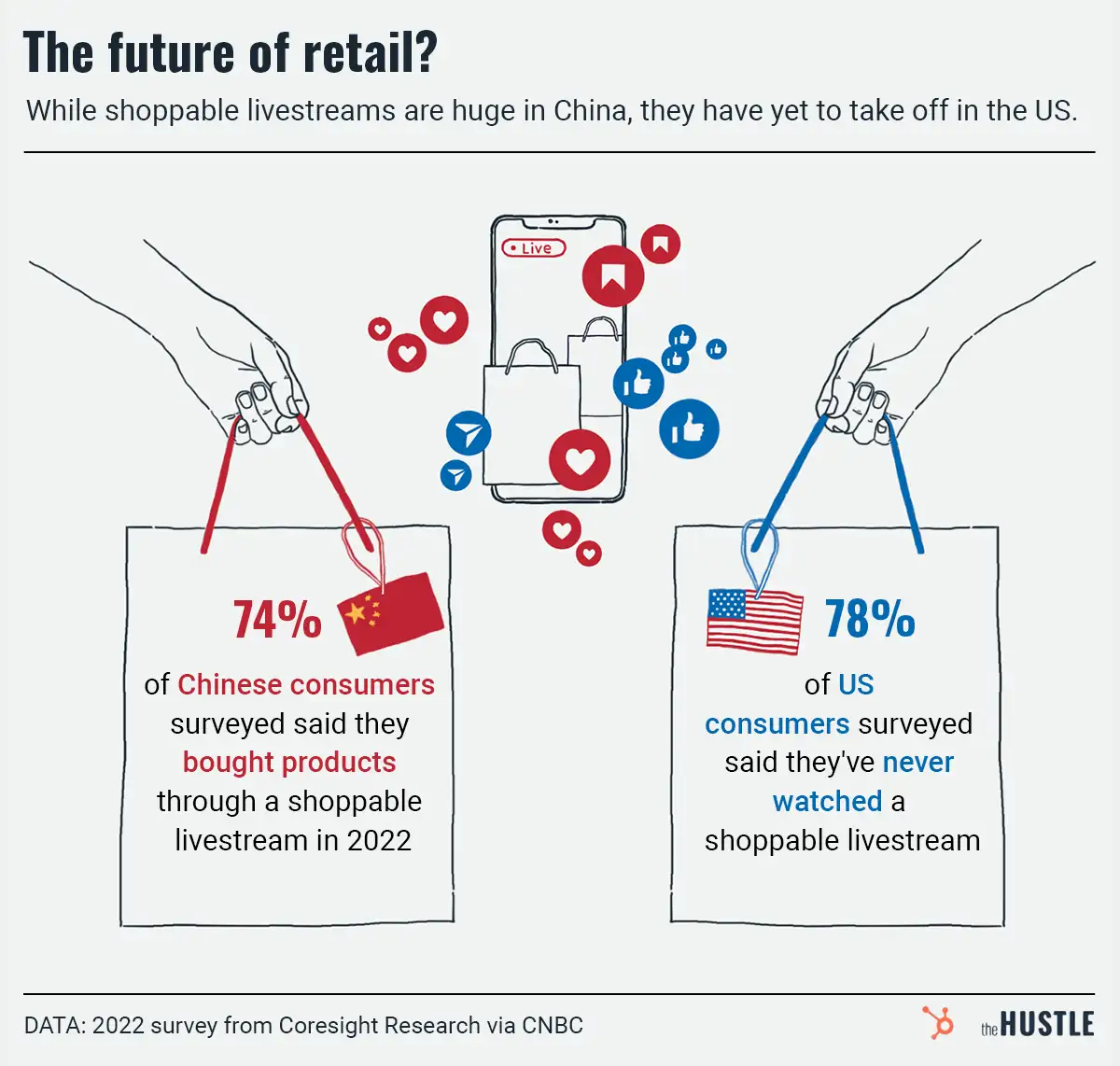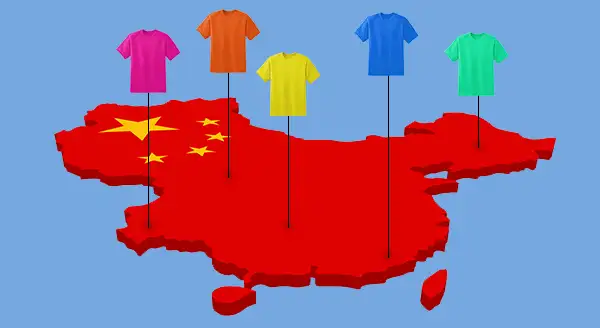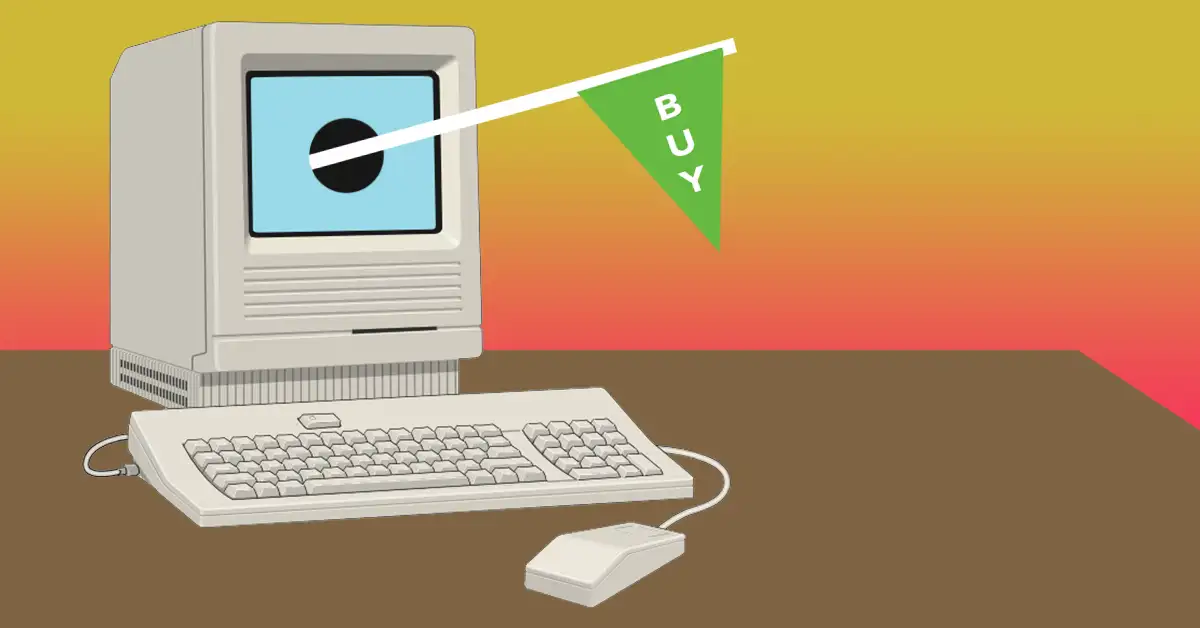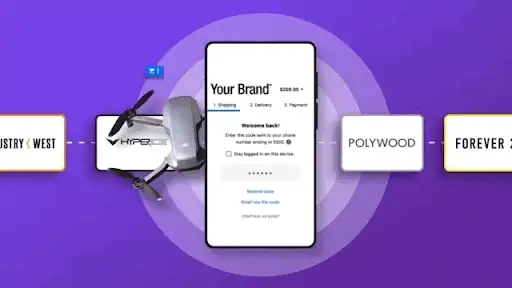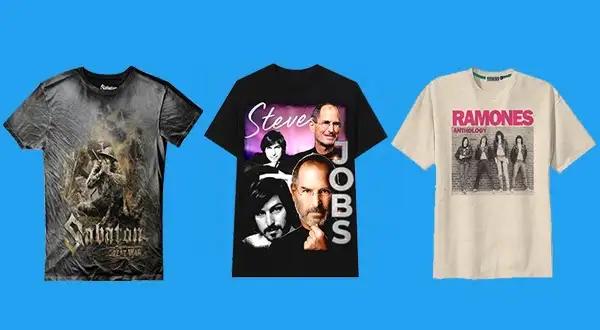In the US, a sneaker is purchased on eBay every 4 seconds, a smartphone every 6, and a watch every 7.
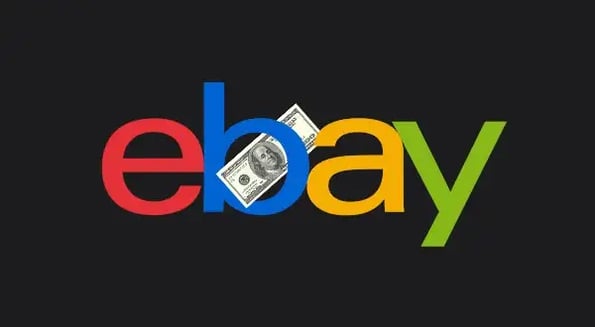
Much of the money is processed through PayPal, but that tide has begun to shift toward eBay’s in-house payments service.
It all started when eBay bought PayPal in 2002
For 13 years following the acquisition, the duo never truly became one:
- Sellers had to have different eBay and PayPal accounts
- PayPal had its own customer service
- PayPal charged fees on top of those from eBay
PayPal split off in 2015, leaving eBay to start from scratch
Building a payments system is hard when your sellers come from 190 markets and include everyone from big-name retailers to your neighbor Jim.
But eBay did it, and its platform, Managed Payments, has seen some success:
- In 2020, 1m+ of eBay’s 19m sellers had moved over, including 50% of US sellers
- Over 38% of Q4 revenue was processed in-house
The company says it’ll complete the US migration by the end of 2021, and that the changes could drive an incremental $500m in operating income in 2022.
The shift has come with its fair share of risks
Before PayPal left, it oversaw fraud on its eBay transactions.
That responsibility now lies with eBay, and the company has been building up a payments and risk team that includes 400+ employees.
In the wise words of Weird Al’s “eBay” parody to the Backstreet Boys’ “I Want It That Way”:
🎶 “Got PayPal or Visa, whatever’ll please ya, as long as I’ve got the dough” 🎶

